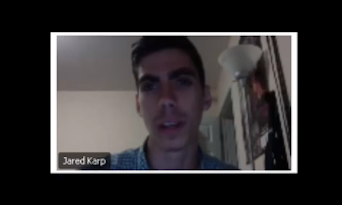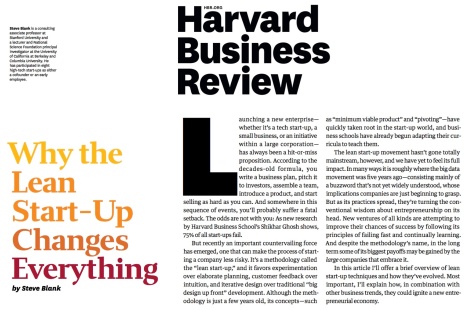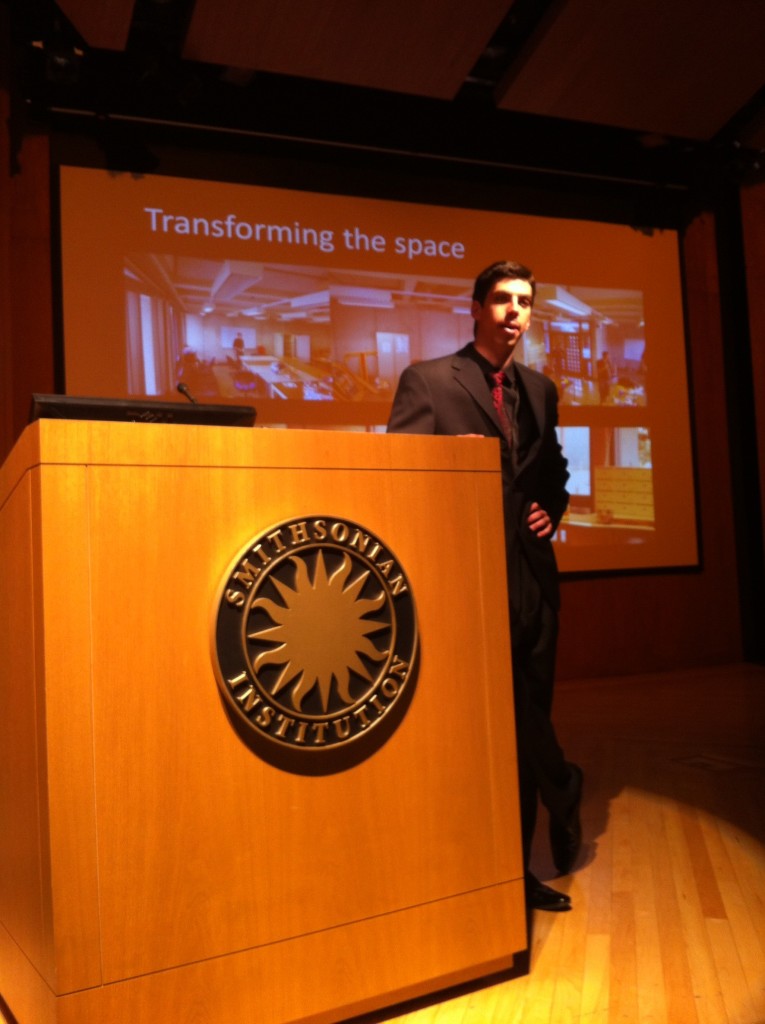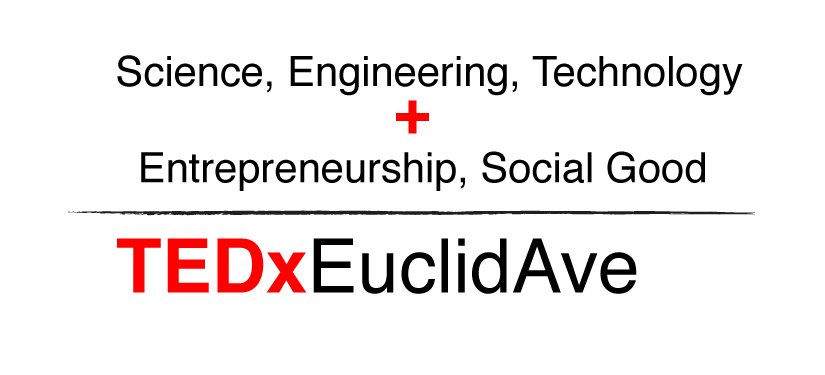White House Hosts STUDENT STARTUPS Hangout with #UIFellows Own Jared Karp & Shark Tank Hosts
November 23, 2013 – The video recording of the Student Startup Google Hangout is now available. Due to technical difficulties, they are in two parts. Watch the first video until just after 7:30, then switch to the second one to view the remainder of the session:
[youtube=http://www.youtube.com/watch?v=BjN24w15Q4s&w=560&h=315]
[youtube=http://www.youtube.com/watch?v=3zY_bzCYilE&w=560&h=315]
Here’s our favorite excerpt…
STUDENT INNOVATOR TELLS WHITE HOUSE HOW CAMPUSES CAN ENGAGE STUDENTS IN INNOVATION
Q: Doug Rand, The White House: What kinds of projects do Jared’s friends get to work on in the innovation space and how can other universities get such an innovation space?
A: Jared Karp, University Innovation Fellows @ UC Berkeley: there are a ton of projects people work on. It is a free space for students to bring their own ideas and projects to the table, to recruit help from other talented individuals. For example sometimes students work on industry-sponsored projects or they design for a cause. One of my friends recently designed a water pump for farmers in India to replace high-cost diesel-powered water pumps, using capillary physics to generate water from a well and bring it up to the source. Other students work on fun projects such as video games like Campus Cart, which is a live mapping of your college campus and you use an RC car to drive around the levels that are made by your own environment. I actually made this (holding up device) … this is a mini MPC, which is a music production tool which fits onto the back of most cellular phones and you can export the files to your favorite music production software and make beats on the go. For those who are interested in connecting with BetaVersity (company that installs maker spaces at college campuses) or bring an innovation space on campus you can check out the website http://www.betaversity.com or as a student there are many ways to bring an innovation space to your campus without necessarily having to go through an external party (see wiki page: http://universityinnovationfellows.org/wiki/How_to_build_and_outfit_an_on-campus_innovation_space).
________________________________
November 22, 2013 – Today the White House hosted a #wethegeeks Google Hangout with our very own Jared Karp and Engineering Undergraduate student at University of California Berkeley. According to the White House blog, the live streamed online conversation will celebrate “the extraordinary stories of young entrepreneurs—students who, along with all the usual demands of pursuing a high school, college, or a graduate degree, are building companies today that are spreading homegrown ideas all over the world.”
Join us at 2pm ET here.
The blog goes on to say, “Two proven entrepreneurs featured on the popular TV show Shark Tank will join these student innovators to share lessons from their own entrepreneurial journeys”. Barbara Cochoran and Daymond John, two of the six sharks on the show, will be joined by Jared, three other college students and members of NIFTY, a program that inspires young people in low-income communities to stay in school, recognize business opportunities and plan for successful futures.
More about Barbara Cochoran and Daymond John…
http://abc.go.com/shows/shark-tank/bios/daymond-john
http://abc.go.com/shows/shark-tank/bios/barbara-corcoran
Tweet questions using the hashtag #WeTheGeeks. See you at 2pm ET.
~ Humera Fasihuddin, Senior Program Officer, University Innovation Fellows
________________________________












